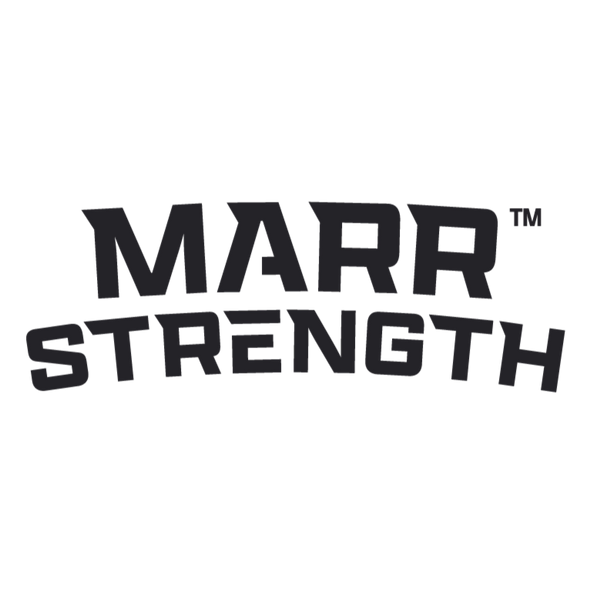
Training When You’re Sore: Why Movement is Medicine
Share
Feeling sore after a tough training session or an intense athletic event is common, but it can also lead to a critical question: should you train when you’re sore? Surprisingly, the answer is often "yes." Training while sore, done appropriately, can be one of the best opportunities to promote recovery and maintain progress.
What Happens When You’re Sore?
Soreness, also known as delayed-onset muscle soreness (DOMS), is part of the muscle recovery process. When you push your body, microscopic tears occur in your muscle fibers, triggering a healing response. This process involves inflammation, and the body sends collagen and fibrin to the affected area to help repair and strengthen the tissue. However, if these substances aren’t managed properly, they can harden and create restrictions, leading to long-term issues like stiffness and reduced mobility.
This is where movement becomes essential. Your body is designed to heal itself, and movement helps it do just that. By increasing blood flow and stimulating tissues, movement flushes out waste products, reduces inflammation, and brings fresh nutrients to the affected areas. The result? Faster recovery, improved mobility, and reduced risk of chronic issues.
Real-Life Example: Movement Works
Take the story of a young athlete who recently trained at Marr Strength. After pitching a game over the weekend, he came into the gym complaining of shoulder soreness and thought it would be best to skip upper-body work. Instead, he was guided through a specialized shoulder matrix program designed to activate all the surrounding muscles and improve joint function.
After just one series of movements, his shoulder felt significantly better. This highlights the importance of strategic training: the right exercises can not only relieve soreness but also improve performance and joint health. Programs like these target intermuscular coordination, ensuring that all the muscles around a joint work harmoniously to enhance recovery and functionality.
The Gym Is More Than Heavy Lifting
It’s essential to reframe how you view the gym. It’s not just a place to lift heavy weights or chase personal records. Instead, it’s a space to build a stronger, healthier body through intentional, science-backed movement. Proper programming that emphasizes recovery, mobility, and balance is key to sustainable progress.
Key Takeaway
When you’re sore, don’t skip training. Instead, focus on movement-based recovery. Incorporate exercises designed to promote blood flow, support joint health, and address imbalances. By doing so, you’ll not only feel better but also enhance your body’s ability to recover and perform at its best.
Movement is medicine—use it to your advantage.
